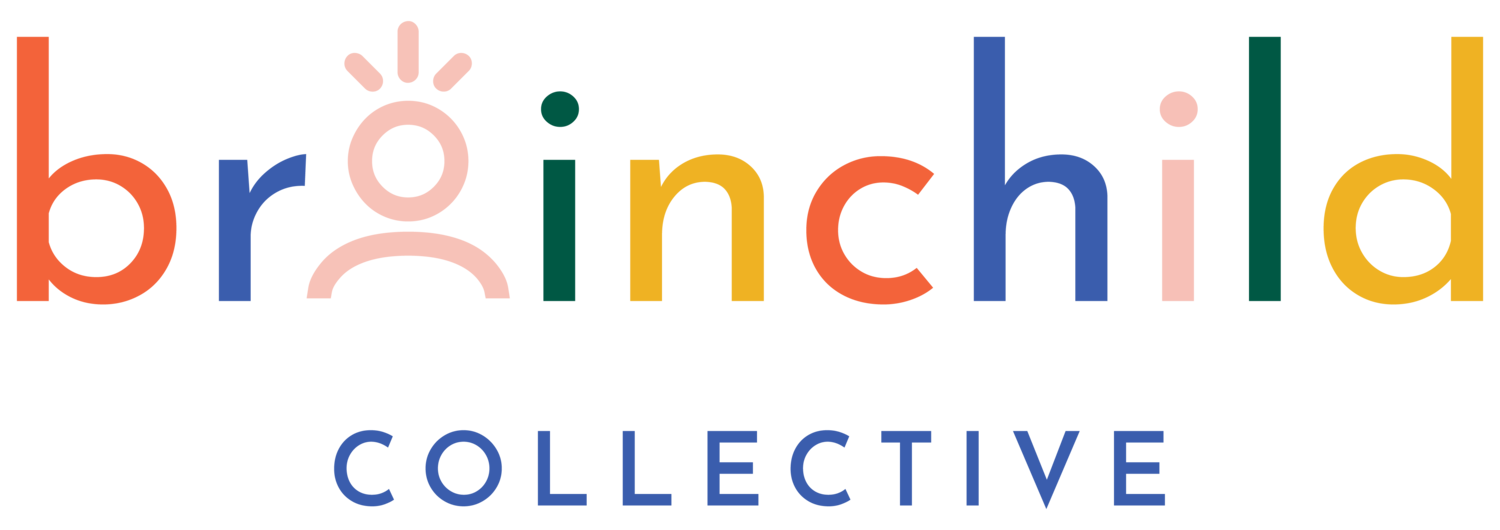Transforming Chicago Public Schools Through SEL-Enriched Dance Programming
In recent years, experts in education have realized the importance of Social and Emotional Learning (SEL) in fostering the holistic development of students. One approach that has gained prominence in Chicago Public Schools is the integration of SEL through dance programs. Among these programs, Design Dance, a proud part of The Brainchild Collective, stands out as a shining example of how arts education can empower students to build essential SEL skills and excel in both their academic journeys and personal lives.
In this blog post, we'll explore the significance of SEL dance programs in Chicago Public Schools and provide insights into how schools can plan to incorporate such programs.
Chicago Public Schools and the SEL Imperative
Chicago Public Schools (CPS), one of the largest school districts in the United States, serves a diverse and vibrant student population. Recognizing the need to address the emotional and social well-being of its students, CPS has increasingly embraced SEL as a fundamental aspect of its educational approach, including launching the Healing Centered Project in the Fall of 2019. Led by the Office of Social Emotional Learning, this project is a long-term effort to transform CPS into a healing-centered district to ensure collective wellness for CPS students, families, and communities. This is why it is more important than ever for Chicago Public Schools to gain awareness of programs and vendors that can help them achieve this mission.
Why SEL-Enriched Dance Programming Is a Catalyst for SEL Growth
Dance programs, like Design Dance, have carved a unique niche in the Chicago Public Schools system by seamlessly integrating SEL into their dance programs. Here’s a look at why dance is such a powerful and influential offering to help students hone their emotional and social skills through SEL education.
Emotional Expression and Self-Awareness: Dance provides an outlet for students to express their emotions and thoughts non-verbally. Through movement, students can explore their feelings, develop self-awareness, and gain a deeper understanding of themselves.
Collaboration and Communication: Dance is a collaborative art form that fosters teamwork, effective communication, and empathy. Students learn to work together, listen to others, and value diverse perspectives as they choreograph and perform together.
Resilience and Confidence: Overcoming challenges in dance routines helps students build resilience and confidence. They learn that persistence and effort lead to improvement and success, instilling a growth mindset that can benefit them in all areas of life.
Empathy and Understanding: Dance allows students to embody different emotions and stories, promoting empathy and a better understanding of others' experiences and perspectives.
Stress Reduction and Well-Being: Engaging in dance can reduce stress and improve overall well-being, contributing to a positive school environment and better academic performance.
How to Incorporate SEL-enriched Dance Programming in Your School
For schools looking to incorporate SEL dance programs like Design Dance, careful planning is essential. Here are some key considerations:
Assess Needs: Determine the specific SEL needs of your students and how a dance program can address those needs. Consider conducting surveys or discussions with educators to gather insights.
Curriculum Integration: Ensure the dance program aligns with your school's curriculum and SEL goals. Collaborate with educators to integrate dance into the broader educational framework.
Partner Selection: Choose a reputable partner organization like Design Dance with experience in delivering SEL dance programs. Collaborate closely with them to customize the program to your school's needs.
Funding and Resources: Identify funding sources and allocate resources to support the program, including hiring qualified instructors, providing dance space, and acquiring necessary equipment. The Brainchild Collective can also support your school in identifying grant opportunities to help fund your programming.
Evaluation and Monitoring: Establish clear metrics to measure the program's impact on students' SEL skills and academic performance. Regularly assess and adjust the program based on feedback and data.
Inclusivity: Work closely with your vendor to develop a program that is accessible and inclusive for all students, regardless of their backgrounds, abilities, or previous dance experience.
As schools continue to recognize the significance of SEL in education, planning to integrate dance programs can be a transformative step toward creating nurturing and empowering learning environments for all students. Through these programs, Chicago Public Schools are not only enriching their students' lives today but also equipping them with lifelong skills for success.
